The millenium’s inaugural years have ushered forth a momentum of discovery and breakthroughs that will set a new pace for decades to come. From the growth of communication networks that instantaneously link ideas, to the newfound understanding of physical science, mankind has achieved an understanding that establishes a foundation for future advancements.
“There have been many great engineering and scientific advances in the last decade, ranging from developing the smartphone to building the Hadron Collider. However, the greatest advances are yet to come—sustainable technologies to address the great challenges of our time, energy and water scarcity,” – Barri Gurau, Lockheed Martin’s Sr. Mgr. of Corporate Energy Initiatives.
The greatest engineering achievements of the 21st century
1. Large Hadron Collider
Few 21st century feats come close to dwarfing the size and scope of the Large Hadron Collider (LHC). Built from 1998 to 2008 by hundreds of brilliant minds plucked from across the globe, LHC is one of the most advanced research facilities ever designed. Its purpose is to prove or disprove the existence of the Higgs boson particle and other particle physics related theories.
LHC accelerates two high-energy particles in opposite directions across a 27-kilometer (17-mile) ring in order to make to them collide and observe the aftermath. The particles travel at near the speed of light within two ultrahigh vacuum tubes and are guided by powerful magnetic fields maintained using superconducting electromagnets. These electromagnets are special in and of themselves, requiring a temperature colder than outer space to -271.3°C and special electrical cables that reside in a superconducting state.
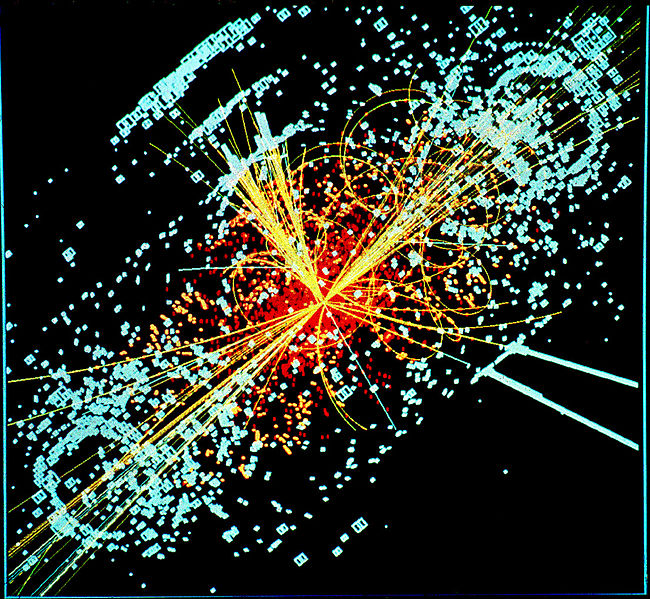
Images of the Higgs boson particle produced during a collision
The Higgs particle was confirmed in March 2013, validating the missing link of the standard model for how the subatomic particles of our universe fit together.
Interesting fact: The collision data proving the Higgs particle was analyzed by what was the world’s largest computing grid in 2012, made up of 170 computing facilities across 36 nations.
2. Mars’ Opportunity and Curiosity rovers
The two rovers are a marvel of contemporary engineering, braving the inhospitable Martian environment in their quest to study soil, rocks, atmospheric conditions, and microscopic particles.
Opportunity landed in 2004 with an estimated life-span of 90 Martian days, but is still operational 9 years later. Its more-advanced big brother, Curiosity, landed in 2012 with a distinct goal of studying Martian climate and geology to assess the possibility future human colonization ─ a year later, Curiosity found evidence indicating the presence of water trapped within Martian soil.
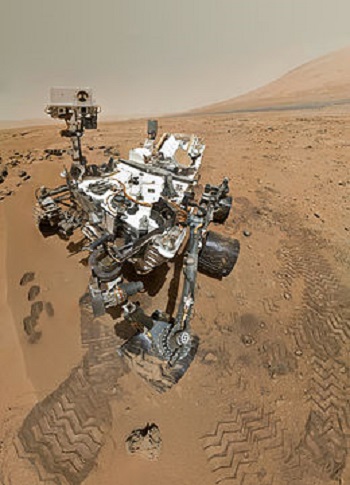
3. Sky Crane
Not to be confused with a helicopter, Sky Crane, is a brilliant solution engineered to solve the problem of safely depositing rovers on the Martian surface. Creating the Sky Crane was necessary because Curiosity is heavier and larger than Opportunity because of the additional instruments and tools it carries.
Sky Crane attaches to the rover and slows its descent using a combination of parachute and steerable engines. After surviving the atmospheric approach using a heat shield, Sky Crane releases a parachute to decrease the speed of descent to the right velocity needed to operate a series of four steerable engines. These engines allow Sky Crane to hover mid-air and slow velocity down to zero, in order to slowly lower the rover to the ground. Once the onboard computer determines a safe touchdown, the bridle is severed and the rover is deployed.
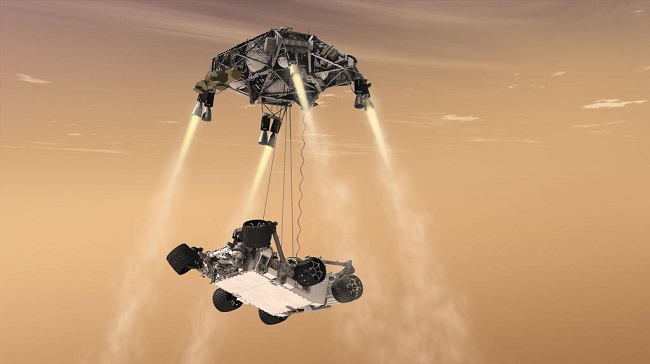
“Sky Crane [is a top advancement], simply because we can look up into the night, and although you can’t see it, know there’s a planet out there in that sort of direction- that uses math and equations derived on Earth, and altering those to the environment of Mars with a different gravity and atmosphere – and know that we lobbed a probe up there and nailed it,” says Ben Reade, Mechanical Engineering Student at Edinburgh Napier University.
4. Three Gorges Dam
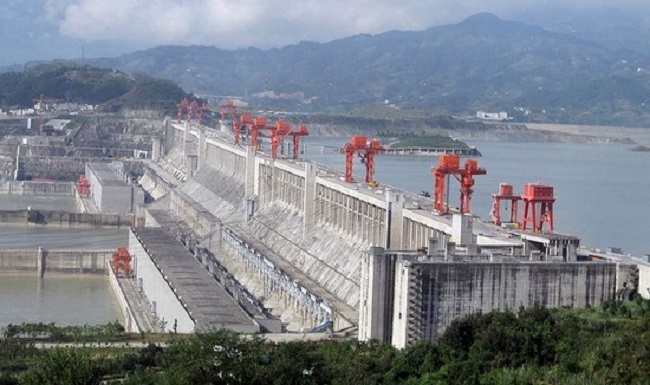
The Three Gorges Dam is a hydroelectric dam spanning the width of the Yangtze River near the town of Sandouping, China. Regarded as an engineering marvel of historic proportions by the Chinese government, the dam is the largest power station in the world, producing a total of 22,500 MW (11 times as much as Hoover Dam).
“TGD [is one of the biggest engineering advancements of this century] because of the sheer scale of energy it produces: 22,500 MW of raw energy going to the people, where it can power factories, people’s homes, hospitals, etc.,” agrees Ben Reade, a mechanical engineering student at Edinburgh Napier University.
TGD is a massive construction, measuring 2,335 m in length with the top being 185 m above sea level; 13 cities, 140 towns, and over 1,600 villages have been submerged under its reservoir, considered the largest of its kind. The entire north-to-south project costs $62 billion to complete.
5. Burj Khalifa
The tallest free-standing structure in the world is situated in Dubai, United Arab Emirates. Burj Khalifa, translated to “Khalifa Tower,” is the tallest of all skyscrapers with its 829.8 m (2,72 2ft) length. Officially opening in January 2010, Burj Khalifa is the centerpiece of Dubai’s primary business district. Everything about the structure is record-breaking: highest number of stories in the world, highest outdoor observation deck, highest occupied floor, tallest service elevator, and longest elevator travel distance.
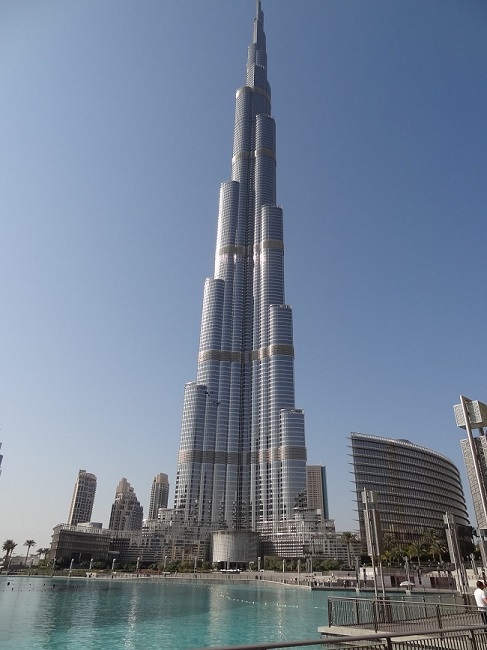
The tower’s architecture style is derived from the patterning systems of Islamic
architecture.
6. Grasshopper rockets’ landing system
SpaceX’s reusable launch system development program is tasked with designing a launch system that is reusable upon landing in order to facilitate affordable commercial spaceflight. Unlike traditional rockets, which dispose their boosters after liftoff, the Grasshopper rocket system remains intact for full reusability; this will drive the cost of spaceflight drastically lower as valuable components are not wasted. While high-altitude launches and landings are still being tested, SpaceX has successfully managed to vertically land a rocket from an altitude of 250 feet, to the exact spot from where it took off.

7. Brenner Base Tunnel
Construction of the Brenner Base Tunnel begin in 2008 as a joint effort between Austria and Italy to create a 55-kilometer (34-mile) railway tunnel directly through the base of the Brenner massif portion of Alps. The Brenner Pass section is considered one of the key traffic connections between northern and southern Europe, but suffers from heavy traffic caused by slope steepness. The BBT seeks to provide an alternate railway shipping route between North Tyrol and South Tyrol that permits faster transportation than the current Brenner railway which runs along the perimeter of the pass. BBT is slated for completion in 2025. The tunnel will be 1,600 m (5,200 ft) below the surface at its deepest point.
8. Millau Viaduct
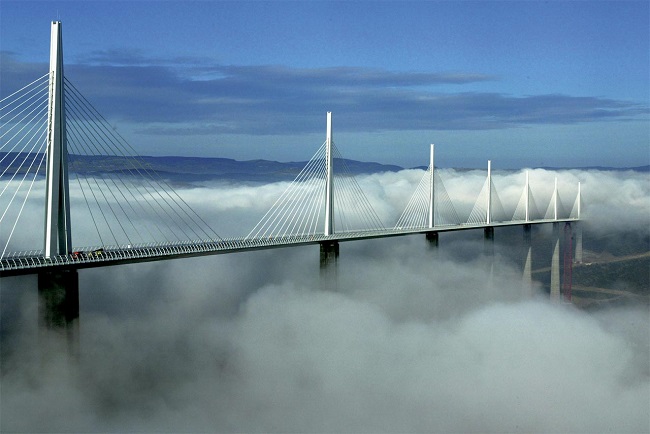
As far tall bridges are concerned, France’s Millau Viaduct is the tallest bridge in all of human civilization; each post measures 343 m (1,125 ft) from top to base. The bridge spans across the valley of the River Tarn near Millau in the Southern portion of France and received a 2006 IABSE Outstanding Structure Award for its integrity in light of its slender elegance.
9. 3D computer-aided design (upgrades)
“The rise of computer-aided software (CAD) has greatly increased engineering companies productivity. Now physical conditions, such as light eliminations, can be simulated in the digital world with great ease. In addition, this software is so affordable, it can be readily available to small business and private consumer.” David W. Li, design engineer at Remains Lighting said.
I’m sure by now you’re thinking “computer-aided design software has existed for at about three decades, nothing new,” and I’ll respond, “Yes, you’re mostly right.” The initial AutoCAD was released in 1982 and the ever-popular 3D-modeling software, Solidworks, came about in 1995. What’s different and worth pointing out is that efficient 3D modeling only became a thing in the last 10 to 15 years after graphics-processing units improved to the point of being able to render high resolution images made of hundreds of sub-objects. Just compare a contemporary 3D model to one from the 90’s.

Solidworks 2013
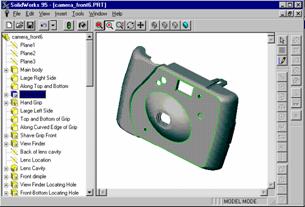
Soildworks 1995
Modern CAD software allows engineers to shorten design cycles by recreating working models in a manipulative medium to test all parameters and conditions prior to production.
10. Smartphone and Wi-Fi proliferation
You’ll scarcely see a person not peering into their smartphone while waiting in a line these days. The combination of Wi-Fi and portable Internet access connects us to an unceasing flow of information, hampered only by empty batteries or a dropped signal. The term “Wi-Fi” is actually a trademarked name referring to the data-exchange technology based on the IEEE 802.11 standards and 2.4- and 5-GHz bands.
This technology may owe its conception to the 80’s, but official commercializing of the term “Wi-Fi,” and its subsequent proliferation began in the year 2000.
“Before WiFi I would actually have to bring a book with me to a coffee shop. Imagine, a book! Wi-Fi has allowed us to move from place to place seamlessly without thinking much about maintaining the connectivity of our devices. How our devices tap into the network is basically invisible to the user, and so for good or bad no matter where you go in the work, you are basically NEVER disconnected from high-speed data internet anymore, “says Cornell, Associate Professor, Alyssa Apsel.
Another interesting fact: Smartphones have existed in Japan since 1999, but have only gained mass adoption around the mid-2000s.
Related articles:
Advertisement
Learn more about Electronic Products Magazine





